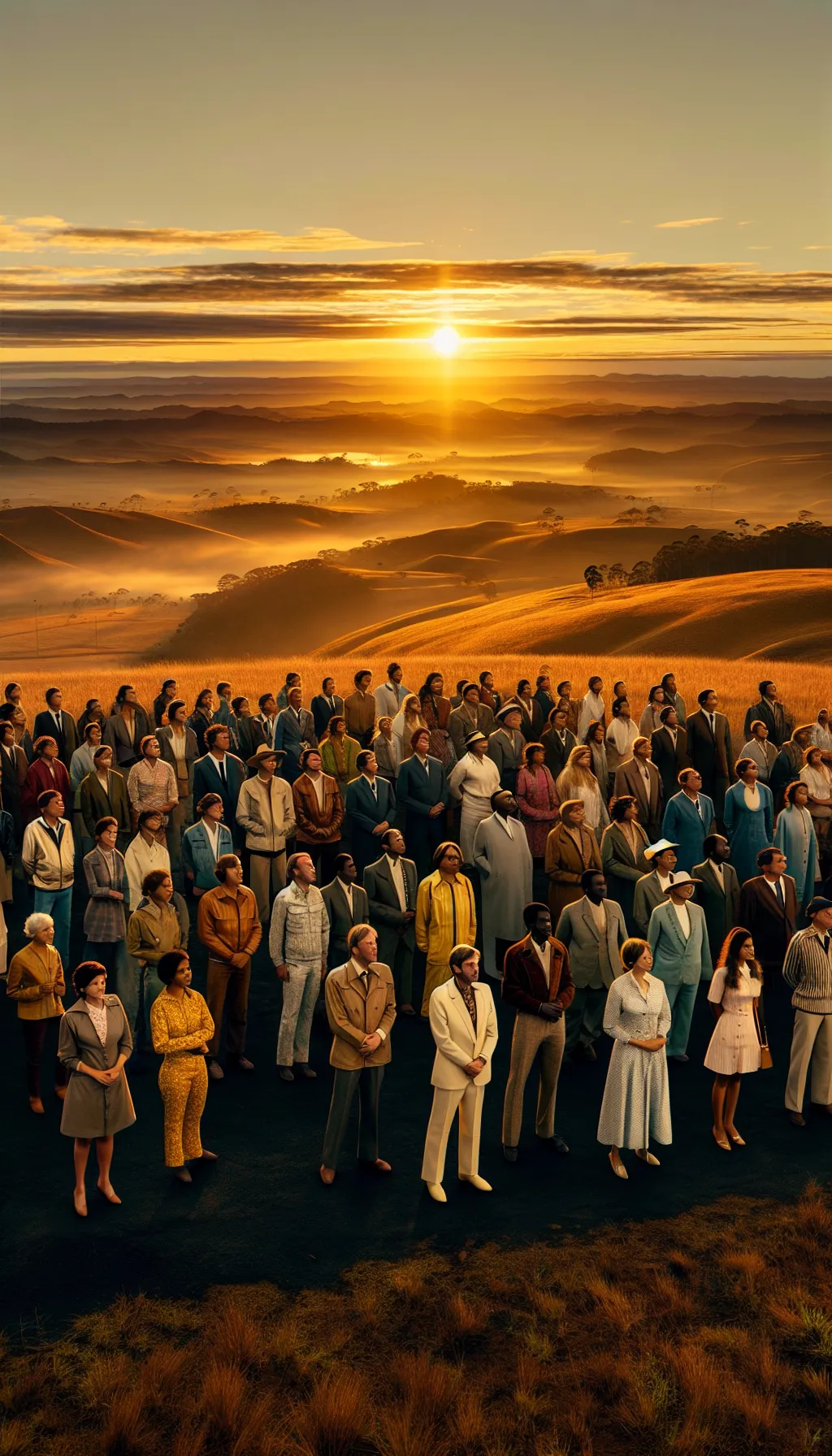Brazil – A New Dawn for Brazil: The Inauguration of Brasília – 1960
TLDR;
- Event: Brasília was inaugurated as Brazil’s new capital on April 21, 1960, marking a significant shift from Rio de Janeiro to the country’s interior.
- Vision and Design: Designed by Oscar Niemeyer and Lúcio Costa, the city was a modernist marvel, intended to symbolize progress and unity.
- Impact and Challenges: The move aimed to decentralize power and develop the interior but came with financial strain and harsh conditions for workers, leading to early favelas.
- Legacy: Recognized as a UNESCO World Heritage site in 1987, Brasília remains a testament to Brazil’s modernist aspirations and architectural innovation.
–
Story
As the sun rose over the Brazilian highlands on April 21, 1960, a new era dawned for Brazil. The air was electric with anticipation as dignitaries, citizens, and international guests gathered to witness the birth of a city unlike any other—Brasília, the new capital of Brazil.

The vision was audacious: to carve a modern metropolis out of the wilderness, a symbol of progress and unity for a nation on the rise. Designed by the visionary architect Oscar Niemeyer and the mastermind behind the urban plan, Lúcio Costa, Brasília was more than just a city; it was a statement.
The decision to move the capital from the coastal Rio de Janeiro to the heart of the country was strategic, aimed at promoting development in the interior, reducing the concentration of political power along the coast, and weakening Rio’s political elite. The city’s layout, with its sweeping curves and futuristic buildings, was a testament to the optimism and ambition of a nation eager to forge a new identity.
The inauguration was a spectacle of modernity and hope. As President Juscelino Kubitschek cut the ribbon, the world watched in awe. Brasília was not just a new capital; it was a bold experiment in urban planning and a beacon of Brazil’s aspirations.
Yet, the creation of Brasília was not without its challenges. The rapid construction came at a high cost, straining Brazil’s finances, contributing to inflation and debt. Thousands of workers and migrants, known as ‘candangos,’ many from the impoverished Northeast, toiled under harsh conditions to bring the city to life. Their contributions were crucial, but their living conditions were often dire, leading to early favelas on the city’s periphery.
Today, Brasília stands as a UNESCO World Heritage site, recognized in 1987 for its unique modernist architecture and urban design. It remains a vibrant symbol of Brazil’s journey towards modernity and its quest for a unified national identity.
–
| Would a different location for Brazil’s capital have changed the nation’s development? |